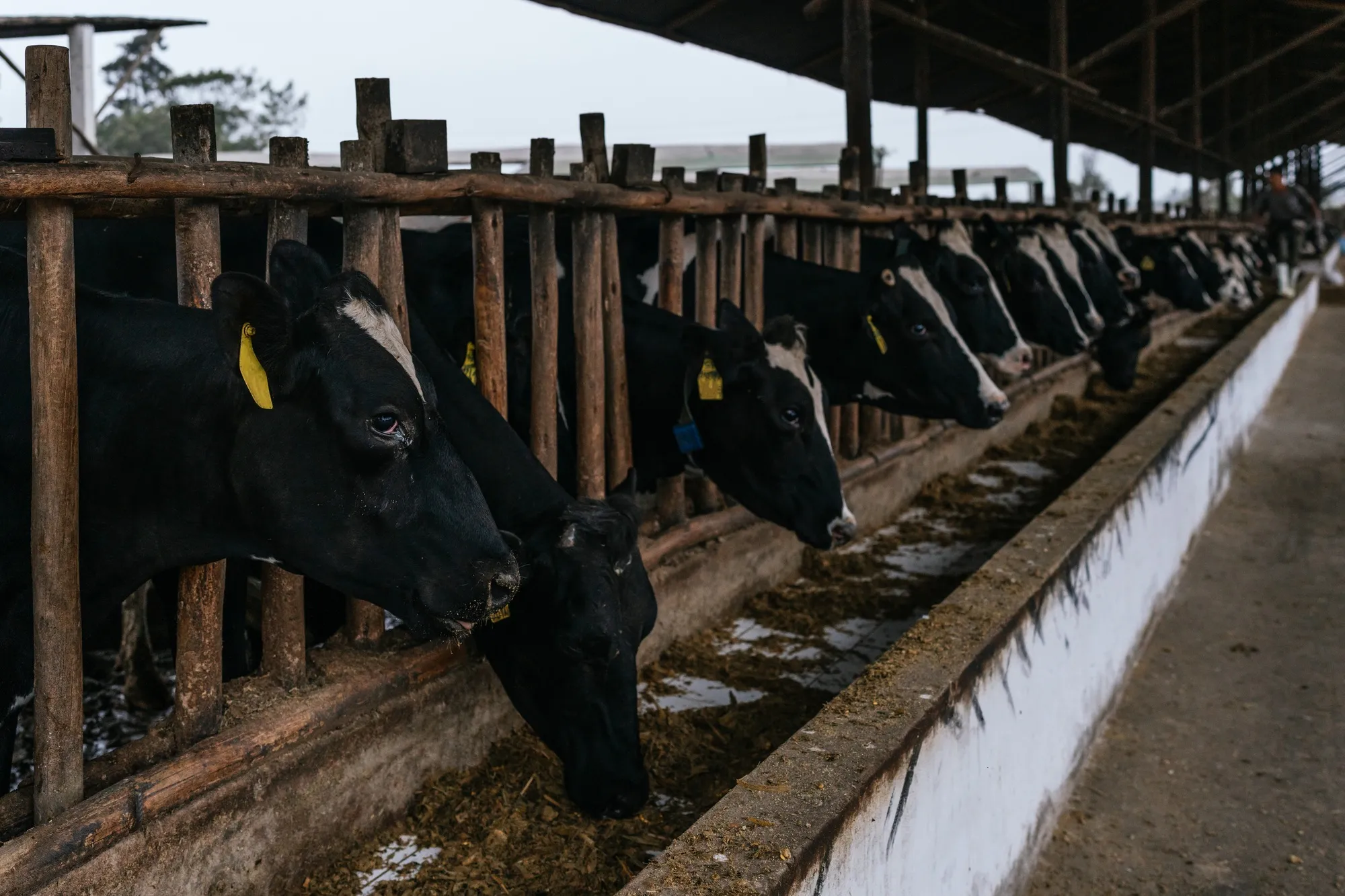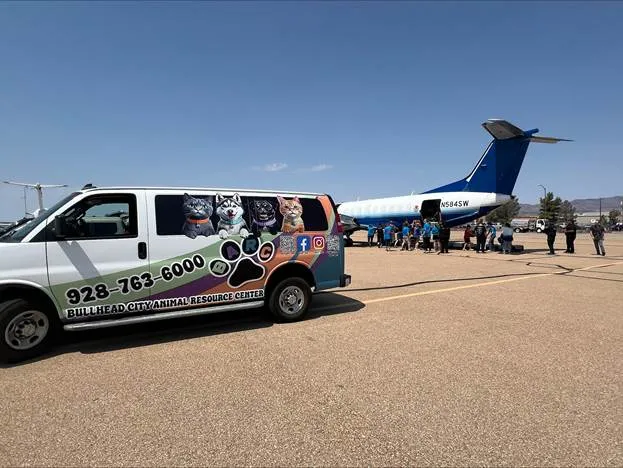Sterile‑Fly Offensive Aims to Block Deadly Screwworm at the U.S.–Mexico Border
Flesh‑Eating Parasite Resurfaces in Southern Mexico
WORLD — In a cooperative effort to prevent the spread of a deadly parasite, U.S. and Mexican agricultural officials have launched an emergency response to stop the spread of New World screwworm, a “flesh‑eating” larva that threatens cattle herds. The parasite, which feeds on the living flesh of warm‑blooded animals, has recently been detected in Mexico’s southern regions.
Why It Matters: Economic Stakes on Both Sides
- 700+ miles of shared cattle trade: The U.S. cattle industry could face catastrophic losses if screwworm re‑establishes itself.
- Arizona’s role: In 2023 the state imported 100,000+ head of cattle from Mexico, supplying local processors and retailers.
- Food prices: Any disruption could raise beef prices nationwide.
U.S. Response: Import Restrictions and a Sterile‑Fly Strategy
At the end of April 2025, USDA Secretary Brooke Rollins announced temporary restrictions on Mexican cattle imports. The U.S. is now:
- Blocking high‑risk livestock at ports of entry.
- Releasing sterile screwworm flies in affected Mexican regions (proven to collapse parasite populations).
- Deploying joint surveillance teams along the border.
Mexico’s Cooperation Secured
Under pressure to avoid a permanent ban, Mexico has agreed to:
- Open airspace for U.S. fly‑release aircraft.
- Share real‑time outbreak data.
- Fast‑track veterinary teams into hotspot ranches.
Arizona Impact: Vigilance and Vaccines
Although Arizona’s cattle numbers are modest compared with Texas, state officials are acting quickly:
- Border inspections ramped up at Nogales, San Luis, and Douglas crossings.
- Free screwworm vaccine offered in high‑risk ranching corridors.
- Outreach to bison, horse, and wildlife owners on how to spot early infections.
Mohave County Outlook
Local herds are small, but a supply crunch could still:
- Elevate beef prices in Kingman, Bullhead City, and Lake Havasu markets.
- Delay deliveries to small processors that source cattle via I‑40 corridors.
Next Steps
Officials on both sides expect the sterile‑fly releases and heightened surveillance to halt the outbreak within months. If containment fails, broader import bans—and steeper beef prices—could follow.
— Stephen Lightman











